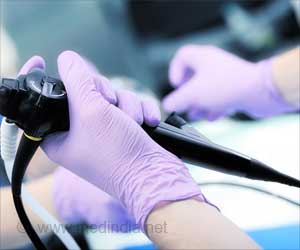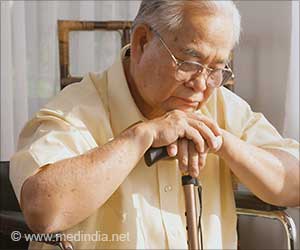Researchers in Japan identified a way to use x-rays to tell doctors about soft tissues in a similar way to how ultrasound or magnetic resonance imaging (MRI) work--but with much greater resolution.

‘X-ray elastography can provide greater resolution than ultrasound. This greater precision could help identify much smaller, deeper, earlier lesions.’
Read More..




Ultrasound uses sound waves with frequencies higher than what humans can hear, and works by sending "shear waves" through us--the sort of waves that occur when you whip a rope up and down quickly. Shear waves travel faster through stiffer tissue than through softer tissue.Read More..
Since cancerous tumors, lesions from cirrhosis of the liver and hardened arteries are stiffer than the surrounding healthy tissue, identifying where the waves pass through tissue more slowly, clinicians are able to spot these stiffer tissues.
MRI works in a related fashion, but via the use of very strong magnets to force protons in the body to align with a magnetic field. How long it takes those protons to make this move tells us a similar story about stiff or hard tissues.
Now, researchers have developed a technique to do much the same with x-rays instead. The advantage? X-rays can provide much greater resolution than ultrasound--on the order of tens of micrometers (millionths of a meter) instead of millimeters (mere thousandths of a meter).
"This greater precision doesn’t just mean identification of much smaller or deeper lesions," said lead researcher Wataru Yashiro, an associate professor from the Institute of Multidisciplinary Research for Advanced Materials (IMRAM) of Tohoku University, "but, importantly for patients, because smaller lesions can be newer ones, potentially also much earlier on in a disease or condition."
Advertisement
Source-Eurekalert







